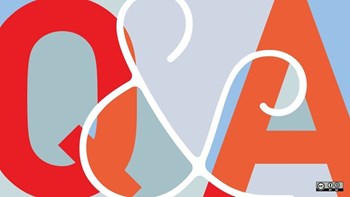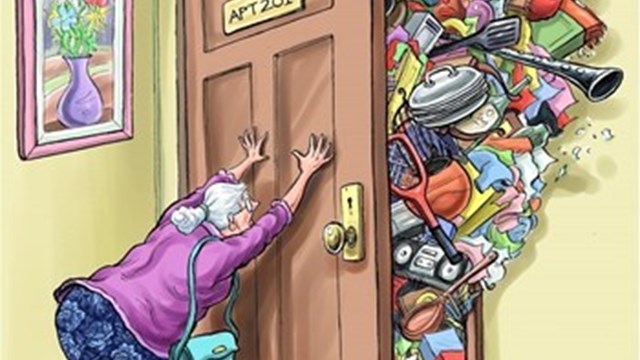
Q. One owner in our condominium association constantly speeds through the complex. We have posted limits of 15 mph, but this person is consistently driving well beyond that. The board has fined him a couple of times for not abiding by the “no speeding” rule, but he ignores us. He says we have no proof he is speeding. As this is private property, it seems the speed limits don’t have any real “teeth.”
What can we do? The board can’t just sit outside day after day, watching him zip by, and keep issuing fines that have no impact on his behavior.
—Sick of Speed Demons
A. “Maintaining safety within each community, including your own, is imperative, and entails monitoring vehicular traffic that passes through, sometimes even at lightning speeds,” says Pamela M. Coufos, associate at Moriarty Troyer & Malloy in Quincy, Massachusetts.
“As a starting point, the board should aim to collect as much evidence as possible to demonstrate the alleged speeding. Obtaining sufficient proof can be complicated in this circumstance, but there are a few options the board can advance. One option is for the board to install a camera or speed gun in the community. A camera or speed gun may qualify as an improvement that would require a unit owner vote, but a vote may not be necessary if (1) the expense is paid out of the operating account and no assessment is made, or (2) the board obtains an opinion that a camera or speed gun should have been installed with the initial construction, therefore excusing the need for unit owner approval (admittedly, a more difficult argument to make).
“A second option is for the board to buy a radar gun and try to establish some patterns of the transgressing unit owner. This option is subject to the availability of any person to be on site at the usual times the unit owner is expected to pass through. A third option, at no cost to the community, would be for the board to utilize personal observation to ‘catch’ the unit owner. The board could have someone drive repeatedly at 15 mph in the location where the unit owner usually passes. That will create a frame of reference for a witness to assess that the transgressing unit owner’s rate of travel is over 15 mph. The personal observations of any witness may be used as evidence of the violation (in a demand letter or otherwise) and is something a lay person would likely be allowed to testify to in this context. The board will be in a better position to assess its options based on the volume of evidence obtained.
“The inquiry also suggests that the board has assessed fines against the unit owner to no avail. Assuming the governing documents do not restrict the fines, the board may consider increasing the fine on each subsequent occurrence of speeding by the unit owner. If the board fines the unit owner $100 for the first violation, the board can increase the fine to $200 in connection with the second violation, $300 for the third, and so on. The board can go further than simply fining and may review the governing documents to determine other strategies to limit the speeding. There may be a provision which bars the unit owner from bringing a car on the common area or some other provision that could regulate the untoward behavior.
“If the foregoing strategies do not get the attention of the unit owner, the board can file suit against the unit owner. Legal action is a viable option in the face of continued intransigence by the unit owner. A lawsuit can be initiated to enjoin the violative conduct and/or to enforce the exclusion of the vehicle from the common area. Furthermore, the board can seek to establish the reasonableness of any fines assessed, enforce the lien created thereby, enjoin the violative behavior, and charge the unit owner with all the costs and attorneys’ fees associated with the lawsuit.
“At this time, the board may proceed beyond simply fining the unit owner. The board should gather all the evidence it can, increase the fines imposed and/or further limit the behavior subject to what is permissible under the governing documents, and file suit, if appropriate, to confront the speeding issue. The safety of your community depends on each unit owner’s compliance with the rules, and we hope that the tools shared today, if implemented, will precipitate compliance by the unit owner.”









Leave a Comment